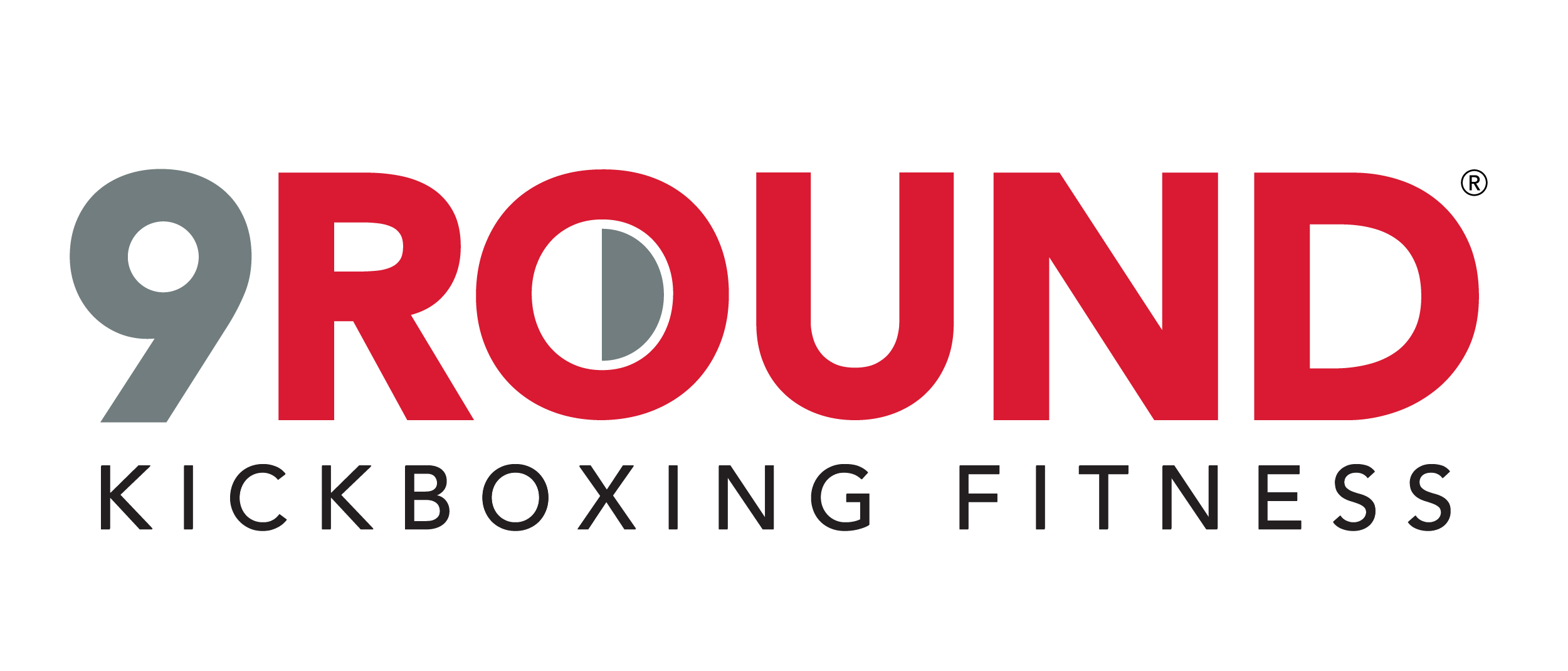Discover the power of calorie deficits for effective weight loss and achieve your fitness goals.
5 Common Fat-Loss Mistakes and How to Fix Them
Are you hitting the gym regularly, following all the right advice, and still not seeing the fat loss results you’ve been hoping for? It can be frustrating when you feel like you’re doing everything right but aren’t getting the results you expect.
The truth is, losing fat isn’t just about working harder—it’s about working smarter. Many people unknowingly make mistakes that sabotage their fat-loss efforts. Here are the 5 most common mistakes that could be holding you back—and how to fix them.
1. Relying Only on Cardio for Fat Loss
The Mistake:
While cardio is great for burning calories, it’s not the most effective way to lose fat—especially if it’s the only workout you’re doing. Many people think that spending hours on the treadmill or bike is the key to losing weight, but this approach often leaves them feeling frustrated.
Why It Hurts Your Progress:
When you rely solely on cardio, you’re burning calories in the short term, but you’re not necessarily building muscle. Muscle mass is crucial for fat loss because the more muscle you have, the higher your resting metabolism is. That means you’ll burn more calories even when you’re not working out.
The Fix:
Incorporate strength training into your routine to build lean muscle and boost your metabolism. Aim for at least two days of strength training each week, focusing on compound movements like squats, deadlifts, lunges, and push-ups. These exercises engage multiple muscle groups and burn more calories than isolated movements.
2. Not Eating Enough Protein
The Mistake:
Protein is often overlooked when it comes to fat loss. Many people either don’t eat enough or they don’t prioritize it in their diet. Protein is essential for muscle repair, growth, and keeping you feeling full for longer.
Why It Hurts Your Progress:
Without enough protein, your body can start breaking down muscle tissue for energy, which slows down your metabolism. Additionally, lower protein intake can lead to increased hunger and cravings, making it harder to stay on track with healthy eating.
The Fix:
Aim for 0.8–1 gram of protein per pound of body weight each day. For example, if you weigh 150 lbs, you should be eating between 120–150 grams of protein daily. Include protein-rich foods like chicken, turkey, fish, eggs, tofu, lentils, and Greek yogurt in your meals and snacks. A protein shake or smoothie can also be a convenient option to meet your protein goals.
3. Poor Sleep Habits
The Mistake:
Many people focus on exercise and diet but neglect quality sleep. Sleep is one of the most overlooked factors in fat loss, yet it plays a crucial role in regulating your hormones, metabolism, and appetite.
Why It Hurts Your Progress:
Lack of sleep increases levels of the stress hormone cortisol, which is linked to fat storage—particularly in the abdominal area. Additionally, poor sleep can mess with your hunger hormones, causing you to feel hungrier and crave high-calorie foods.
The Fix:
Prioritize 7–9 hours of quality sleep each night. Establish a bedtime routine that helps you wind down (no screens an hour before bed, relaxing activities like reading, or taking a warm bath). Create a sleep-friendly environment by keeping your room dark, quiet, and cool. If stress is affecting your sleep, consider practicing mindfulness, yoga, or breathing exercises to relax before bed.
4. Focusing Only on the Scale
The Mistake:
When it comes to fat loss, many people get fixated on the number on the scale. While weight is one indicator of progress, it doesn’t tell the full story, especially if you’re building muscle while losing fat.
Why It Hurts Your Progress:
If you’re lifting weights and gaining muscle, the scale may not move much (or could even go up), but you could still be losing fat and getting leaner. Relying solely on the scale can be discouraging if you don’t see it moving quickly, even though your body composition is changing for the better.
The Fix:
Focus on other metrics of progress. Take before-and-after photos to see changes in your physique. Track how your clothes fit and how much stronger you’re getting in the gym. You could also use body measurements or a body fat scale to get a more accurate picture of your fat loss journey.
5. Not Tracking Progress Consistently
The Mistake:
You might be working hard, but if you’re not tracking your food, workouts, or body changes, it’s easy to lose sight of your progress. Tracking can seem tedious, but without it, it’s challenging to know what’s working and what’s not.
Why It Hurts Your Progress:
If you’re not tracking your calories, protein intake, or exercise routine, you may unknowingly be overeating, undertraining, or not pushing yourself hard enough to see results. Without data, it’s difficult to make informed adjustments to your plan.
The Fix:
Use a fitness tracker, food diary, or app like MyFitnessPal to log your meals and workouts. Track your progress weekly (not daily), and make adjustments as needed. For example, if you’re not losing fat, you might need to cut back slightly on calories or increase the intensity of your workouts.
The Bottom Line
Fat loss is a journey, not a race. By avoiding these common mistakes and making small adjustments to your routine, you’ll start seeing real, sustainable results. Remember, building muscle, eating enough protein, getting quality sleep, and tracking progress are key to long-term success.
If you’ve been making these mistakes, now is the time to take action and start seeing the results you’ve been working for.
Fix Your Fat-Loss Plan Today—Try Our Program for FREE!
Ready to break through your fat-loss plateau? Join our program for a week free and get personalised guidance, expert workouts, and support every step of the way.
👉 Sign up now for your free week!





